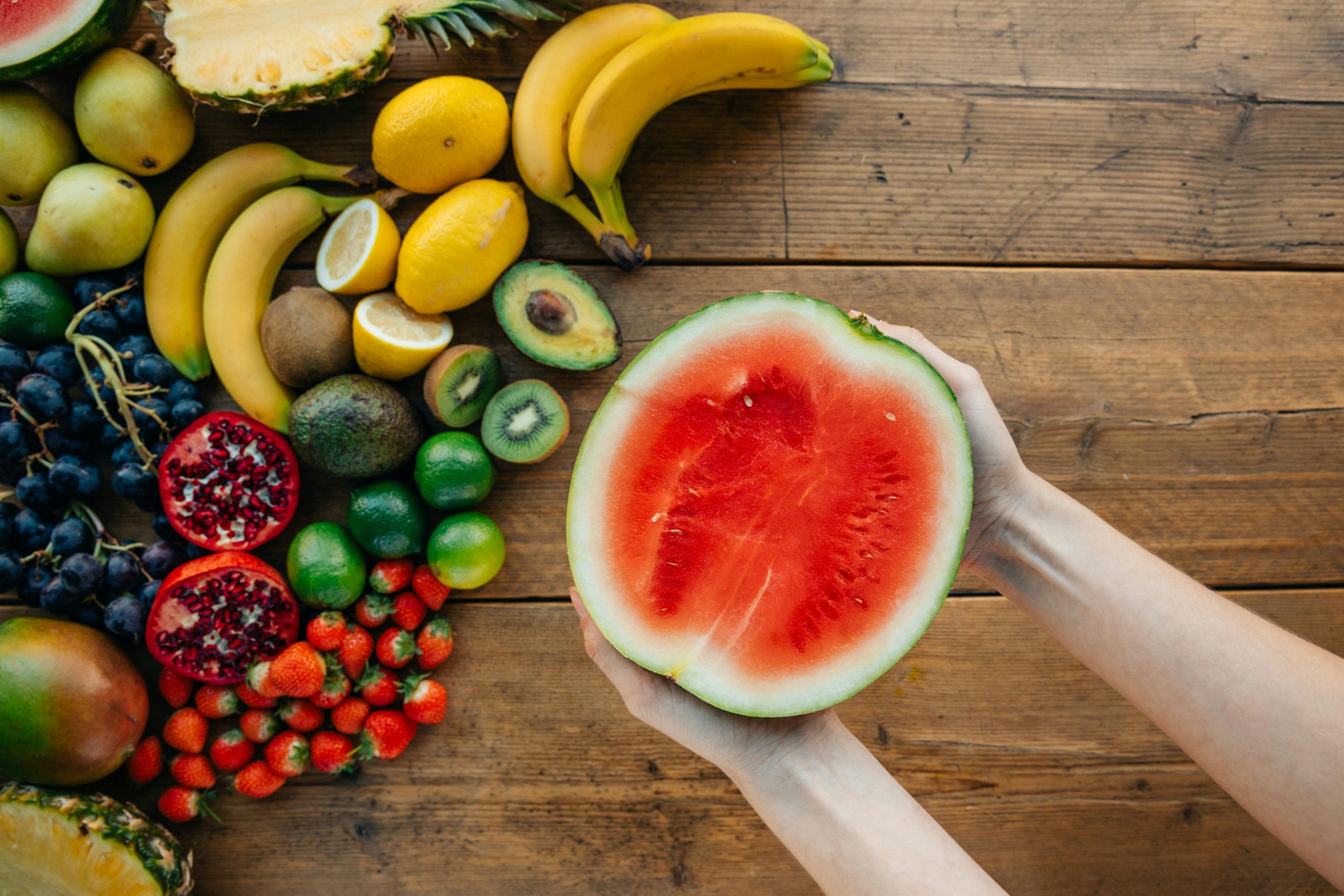Melons (Cucumis melo L.) are one of the oldest delicacies in the world, celebrated on every continent for their juicy, delicious taste. But beyond this, they are also a fantastic example of how much genetic diversity in a fruit can be achieved through just a few centuries of human cultivation and adaptation.
Over 1,000 melon varieties exist worldwide, each offering distinct flavors, textures, and cultural significance. Although we can’t mention them all, we can explore some of the most notable varieties.
The Two Main Subspecies of Melon
Melons are primarily divided into two subspecies:
- C. melo ssp. melo: Includes sweet, aromatic varieties like cantaloupes and muskmelons, often with netted or ribbed skins.
- C. Melo ssp. agrestis: These varieties, which typically have smoother, softer skins, include snake melons and pickling melons. They are known for their hardiness and subtle flavors.
Genetic studies have revealed that these two branches of melon came from distinct domestication pathways. Ssp. Melo has been linked to India and Africa, while Ssp. agrestis seems better adapted to Asian climates.
Iconic Varieties by Region
Melons have an explosive level of variety across different regions, each developing unique varieties that reflect their local climates, tastes, and cultural practices. Here are some of the most special melons across major continents.
Asia
- Yubari King Melon (Japan): Cultivated in Yūbari, Hokkaido, this premium cantaloupe hybrid is renowned for its exceptional sweetness and perfectly round shape. This special melon is often presented as a prestigious gift. So much so that top-grade Yubari King melons have fetched record prices at auctions, symbolizing luxury and honoring their meticulous cultivation practices.
- Hami Melon (China): Originating from Xinjiang, the Hami melon bursts with sweet and crisp flesh. Its outer skin colors range from white to yellow or green, with typically pale orange-yellow flesh. Its cultivation dates back to the Han dynasty (206 BC to 220 AD), providing it with longstanding significance in Chinese agriculture and cuisine.
- Oriental Melon (Korea): Known as “chamoe” in Korea, this yellow melon with white stripes has a beautifully crisp, refreshing taste. It holds a prominent place in the summer, celebrated in festivals like the Yeoju Geumsa Oriental Melon Festival, thus revealing its place in Korean cultural history.
Europe
- Charentais Melon (France): This small, aromatic melon is renowned for its intense flavor and orange flesh. Over time, it has become deeply intertwined with French cuisine and a staple in many famous dishes. Originating in the Charentes region, it is especially associated with the town of Cavaillon, where it has been cultivated since at least the 14th century.
- Barattiere (Italy): Common in the Apulia region, the barattiere is a variety of muskmelon. Unlike many other melons, this one is typically consumed in its immature, unripened state, reflecting local culinary practices that enjoy the melon when it’s crisp and has a mild flavor.
Americas
- Crenshaw Melon (United States): A hybrid between casaba and Persian melons, the Crenshaw is celebrated for its sweet peach-colored flesh. Available only from mid-summer to the fall, it has become a seasonal treat in certain regions of the U.S., eaten both on its own or in various family recipes.
Africa
- Egusi Melon (West Africa): A melon that’s cultivated for its seeds rather than its flesh, the egusi melon is highly valued as a staple in West African cuisine. The seeds help to thicken soups and stews, providing a great boon to regional diets and agricultural practices.
Emerging Trends and Conservation
With climate change and the globalization of agriculture, there is a risk of losing a lot of melon genetic diversity. Efforts to preserve genetic diversity, such as the World Melon Core Collection (NARO Genebank, Japan), hope to protect 82% of global melon diversity, focusing on traits like drought tolerance and fruit morphology.
From the succulent Charentais of France to the bitter melons of Asia used for medicine, melons will always have a place in our diets. They showcase a brilliant intersection of nature’s majesty and human ingenuity. It’s exciting that recent advances in genomics and phenotyping have allowed us a better look behind the curtain and see more clearly their rich diversity.
We now know better than ever why these beautiful fruits have remained staples of global agriculture and cuisine. Visit TheMelonTester.com to discover more about the best melon varieties, recipes, and tips for selecting the juiciest fruits. Let melons be your go-to choice for your healthy lifestyle journey.

